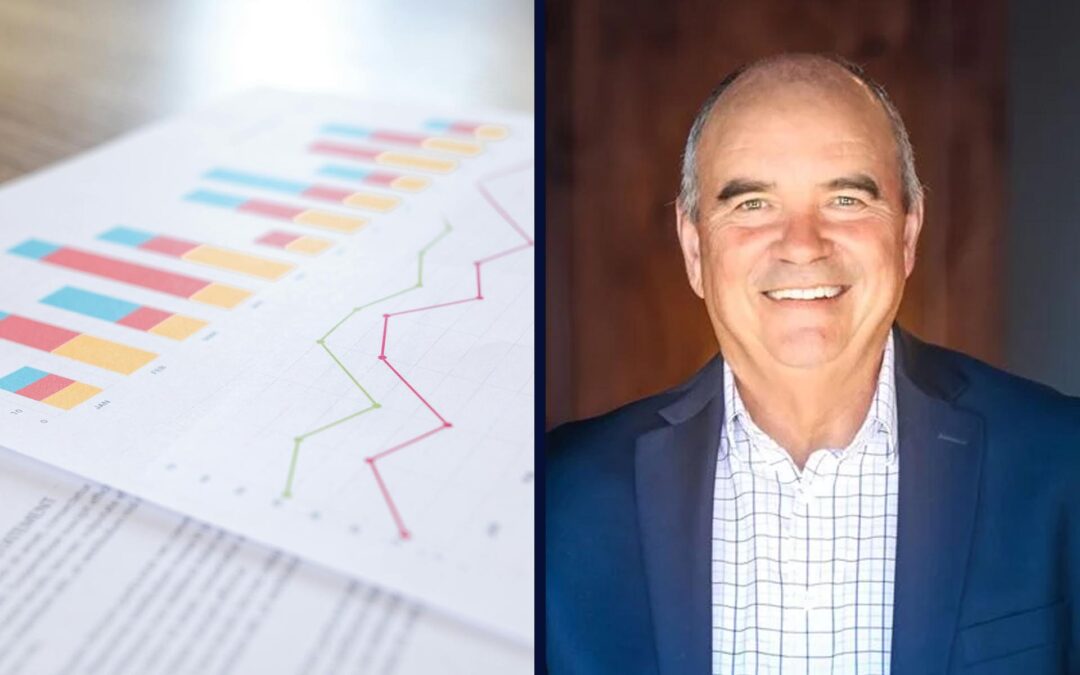Presidents Forum outlines higher ed innovations for next POTUS
Presidents Forum outlines higher ed innovations for next POTUS
Why it matters
Higher Education has struggled to adapt to changing student demographics and needs, emerging technologies, and effective distance education options. The new presidential administration and department of education must energetically engage in practices that promote student success in the ever-changing higher education landscape.
Go deeper
Dr. David Andrews, chancellor of the University of Massachusetts and chairman of the Presidents Forum, and Dr. David Schejbal, president of Excelsior University, outlined eight important areas of focus to improve higher education and ensure the U.S. economy has the workforce required to remain a global leader:
- Accessibility – Accessibility is about more than just affordability. The changing student population requires flexibility in the modality of their educational experiences.
- Institutional Mergers and Acquisitions – The acquisition and merger process is drawn out and it limits an institution’s ability to provide a better student experience. The Department of Education must provide initial guidance on whether it views a proposed merger as a possibility or not.
- Value-Added measurement in outcome metrics – Highly selective institutions will naturally see higher graduation and retention rates. The Department of Education must implement a value-added metric system to fairly evaluate open enrollment institutions.
- Competency and output based adjustments – The regulatory environment was built focusing on inputs rather than outputs. Students should earn aid and credentials based on what they have learned, not how long they spent learning it.
- Reauthorize the Higher Education Act with new focus points – The Higher Education Act, which was intended to be renewed every 5 years, has not been reauthorized since 2008. The new administration should prioritize a reauthorization that focuses on competency based evaluations and learning outcomes.
- Data Sharing and Transparency – Promoting greater data sharing between institutions, state governments, and the federal government will allow for stronger analysis on student financial outcome data.
- State Reciprocity Agreements – The near-unanimous agreement among 49 out of 50 states is a rare occurrence. NC-SARA has proven to be an effective agreement, warranting ongoing support and endorsement.
- Recalibrate our understanding of a College Student – Adult students, working learners, and mid-career students are the new norm. These students require a different set of tools in order to help them succeed.




Recent Comments